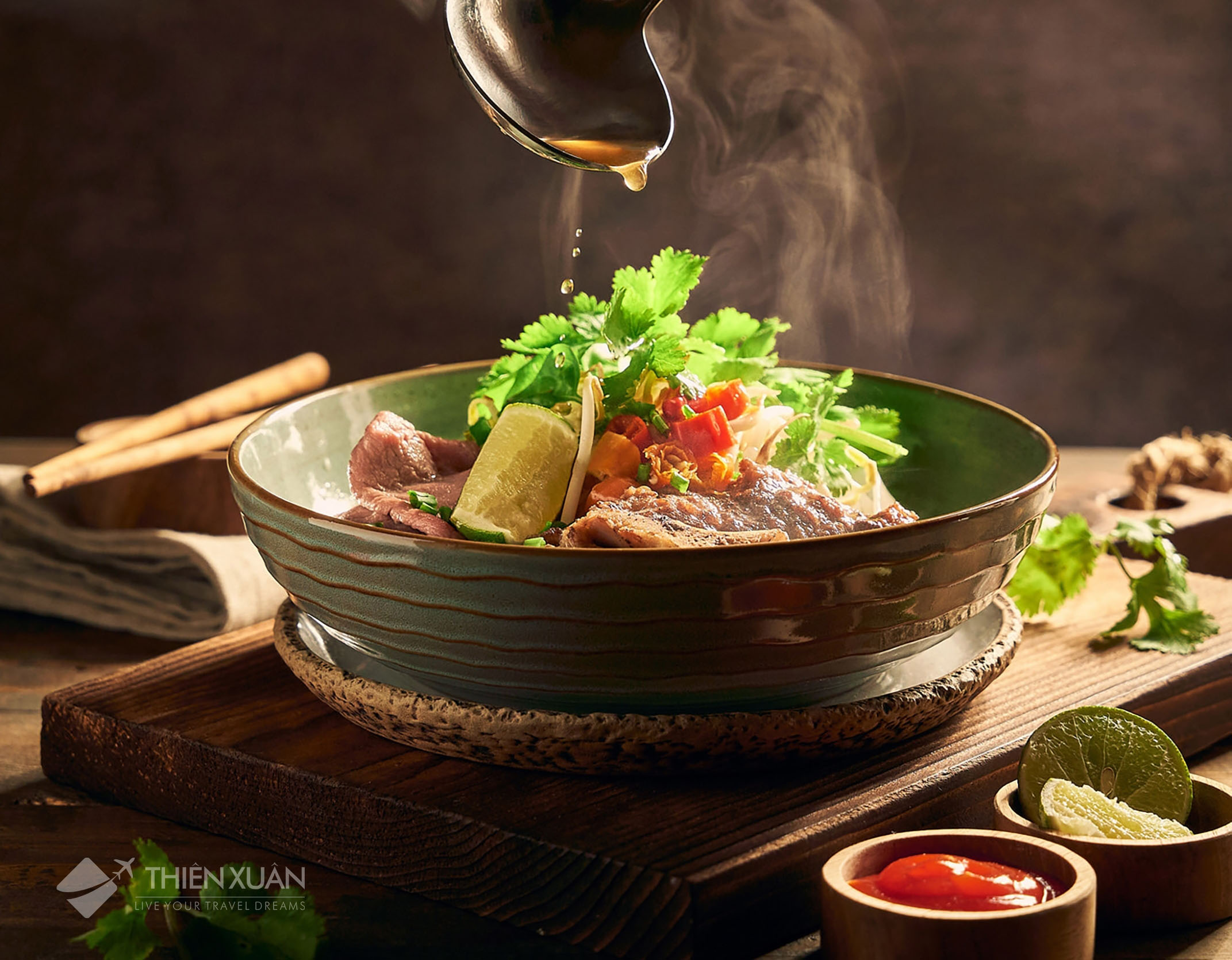
- On 11/11/2023
- In Blogs Travel Tips
- Tags:
Interesting Facts about Vietnam
Original storied by The Fact File, and Wikipedia
Hãy cùng xem tất cả những sự thật thú vị về Việt Nam, khám phá xem đất nước Việt Nam đã trở nên hấp dẫn như thế nào trong những năm qua; với phong cảnh đẹp, ẩm thực tuyệt vời và kính vạn hoa của các nền văn hóa thật ấn tượng mà bạn chắc chắn cần phải tự mình trải nghiệm!
Let’s view all interesting facts about Vietnam, explore how fascinating the country has become over the years; with beautiful scenery, amazing cuisine, and an awesome kaleidoscope of cultures that you definitely need to experience for yourself!

Legend has it that the peoples of this land originated from a union between the Dragon Lord of the Seas Lạc Long Quân the Father and an immortal heron Âu Cơ the Mother.
The country’s name was originally spelled as two words, Việt-Nam.
There are 54 ethnic groups in Vietnam. The largest ethnic groups are Kinh.
Vietnam’s culture is a complex adaptation of Chinese, French colonial influences.
Traditional Vietnamese culture revolves around the core values of Humanity, Community, Harmony and Family.

Tết Nguyên Đán [simply called Tết] is the most important festival in Vietnam. It celebrates the Feast of the First Morning of the First Day in Lunar calendar.
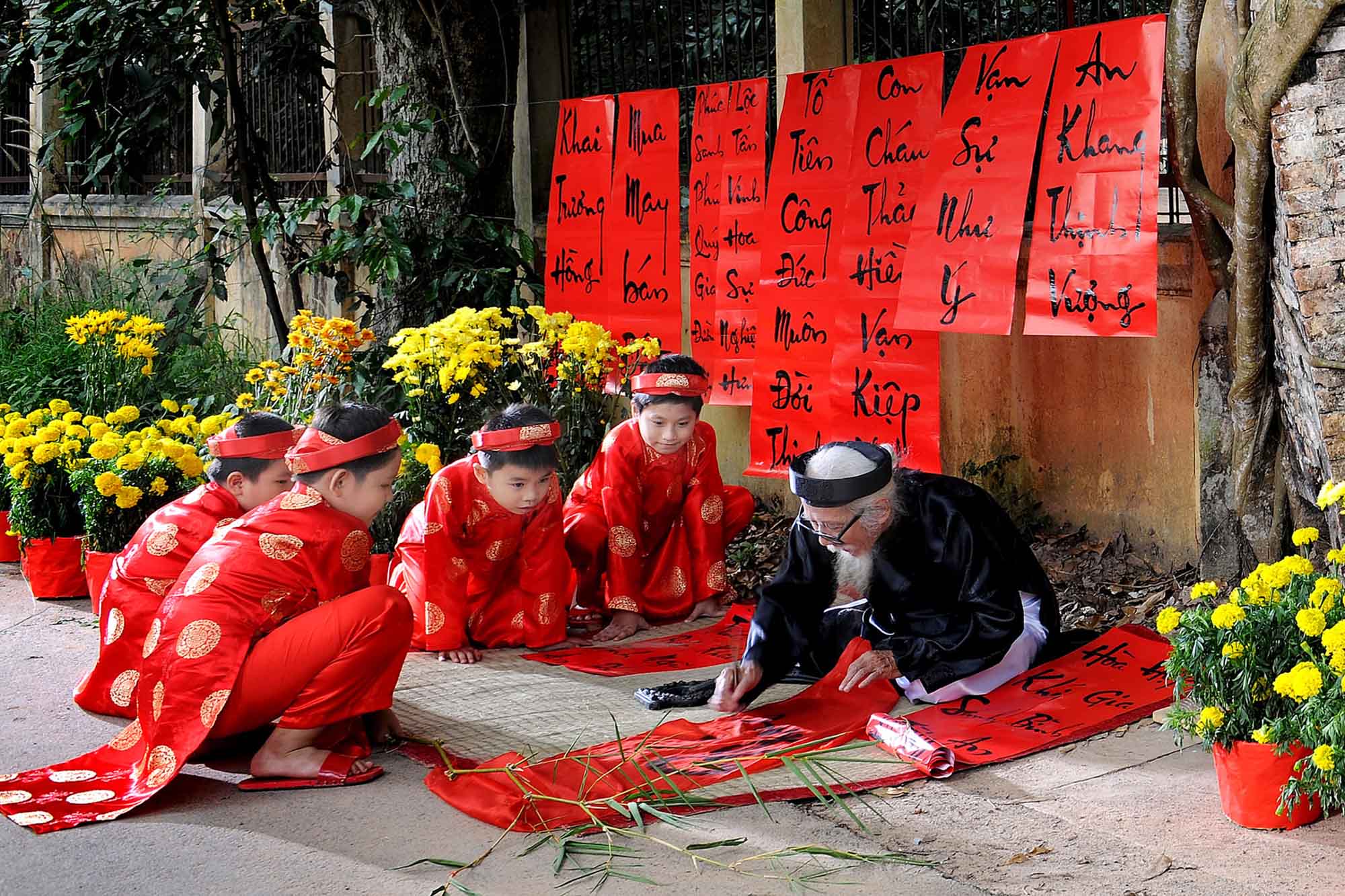
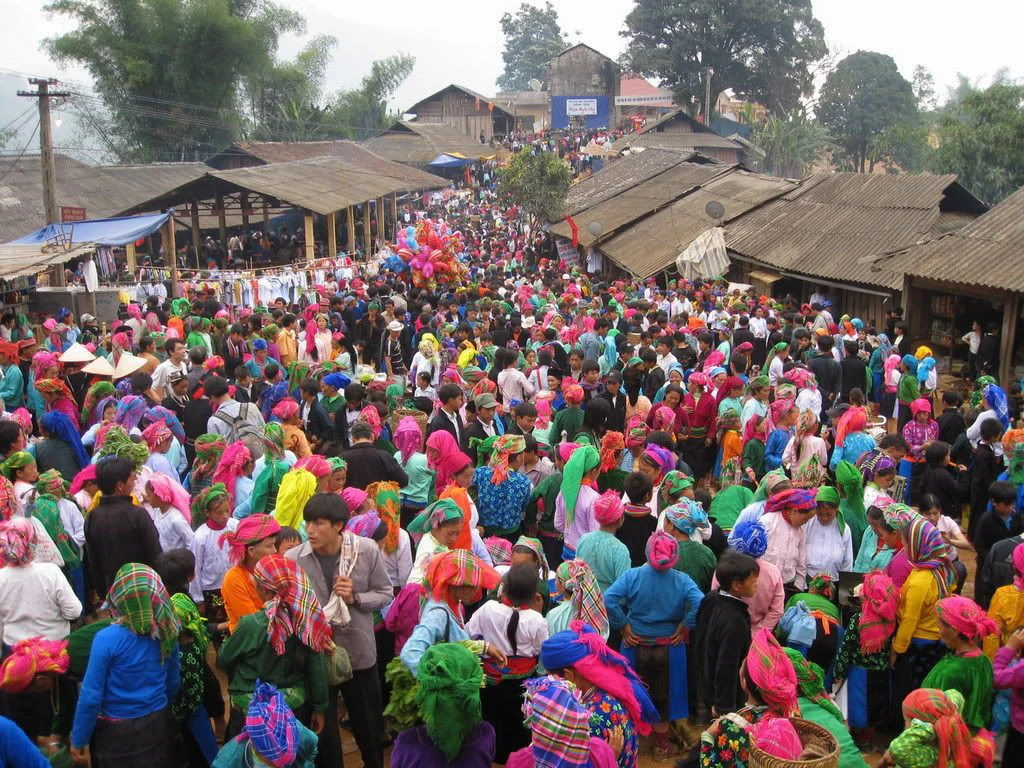
Khâu Vai Love Market was formed more than 100 years ago. This is a famous market in Hà Giang province held only once per year on the 27th day of the third Lunar month, traditionally cultural values of the ethnic communities in Đồng Văn Karst Plateau.

Vietnamese traditional fashion is easily distinguished by the flowing robes Áo Dài and conical hats Nón Lá.
The famous Đông Sơn Drums [also called Heger Type I Drums] are a relic of the sophisticated Bronze Age culture between 500 BC and 300 AD.
Water Puppetry is another popular art form that dates back as far as the XI century.
Construction styles vary from traditional stilt houses and Chinese style pagodas to colonial French architecture and thin tube houses.
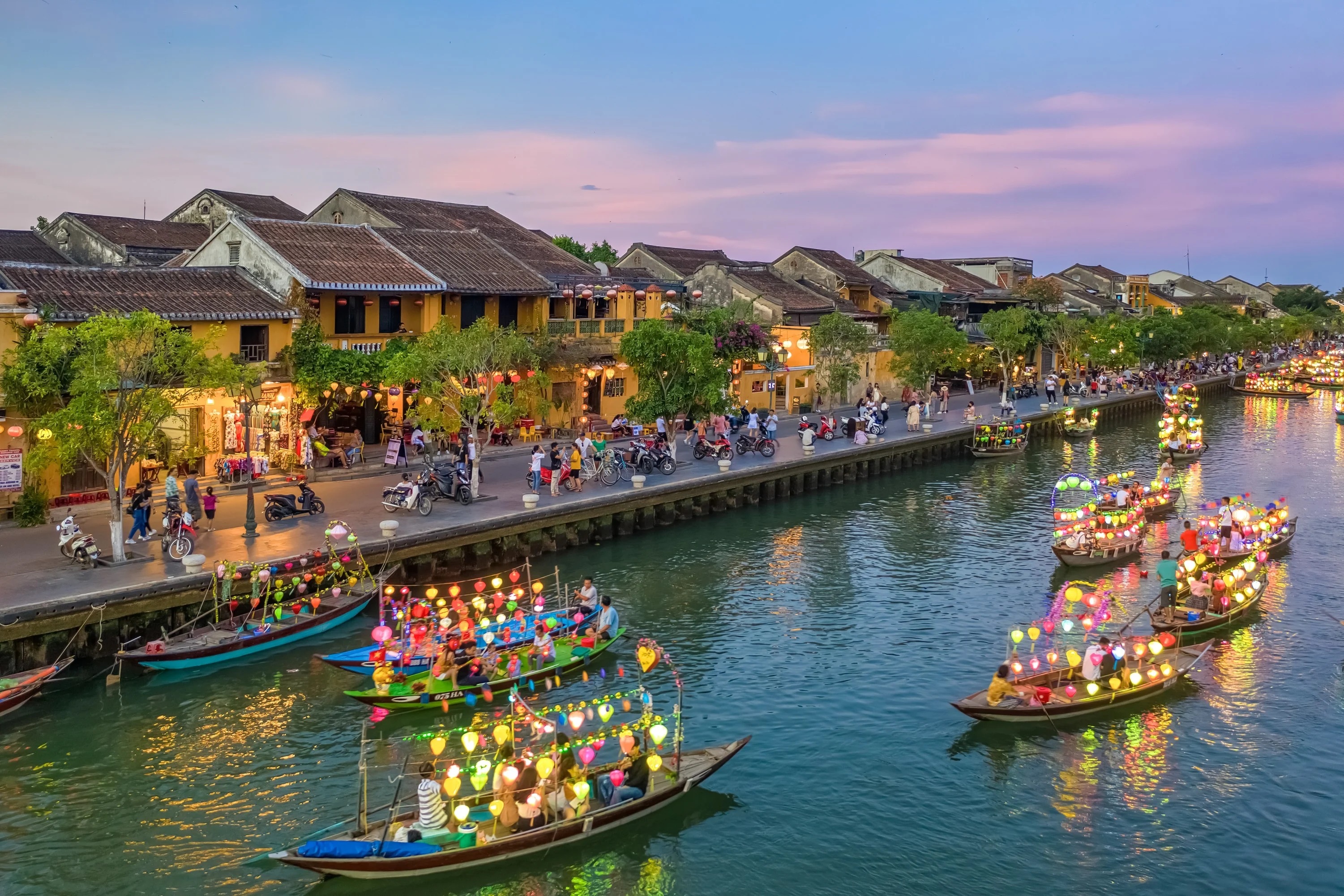
Hội An Ancient Town, a UNESCO World Heritage Site, was a trading port from the XV century that has endured up to date.

Mỹ Sơn Sanctuary, a UNESCO World Heritage Site, Outstanding Universal Value — Between the IV and XIII centuries a unique culture which owed its spiritual origins to Indian Hinduism developed on the coast of contemporary Vietnam.
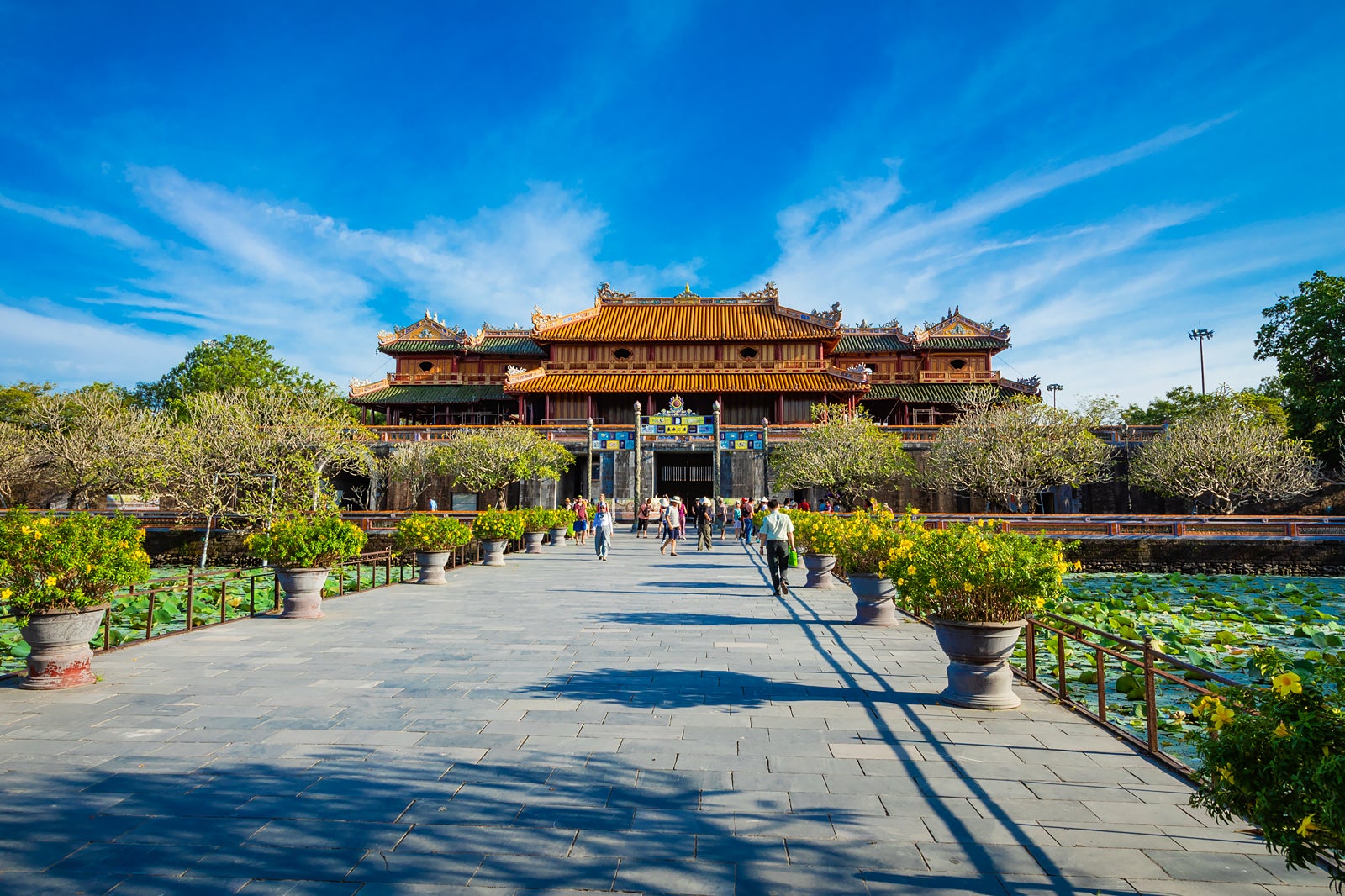
Hue’s royal tombs are a vivid portrayal of ancient royal art, architecture, and geomancy. Complex of Huế Monuments, a UNESCO World Heritage Site, Outstanding Universal Value — Established as the capital of unified Viet Nam in 1802, Huế was not only the political but also the cultural and religious centre under the Nguyen dynasty until 1945.
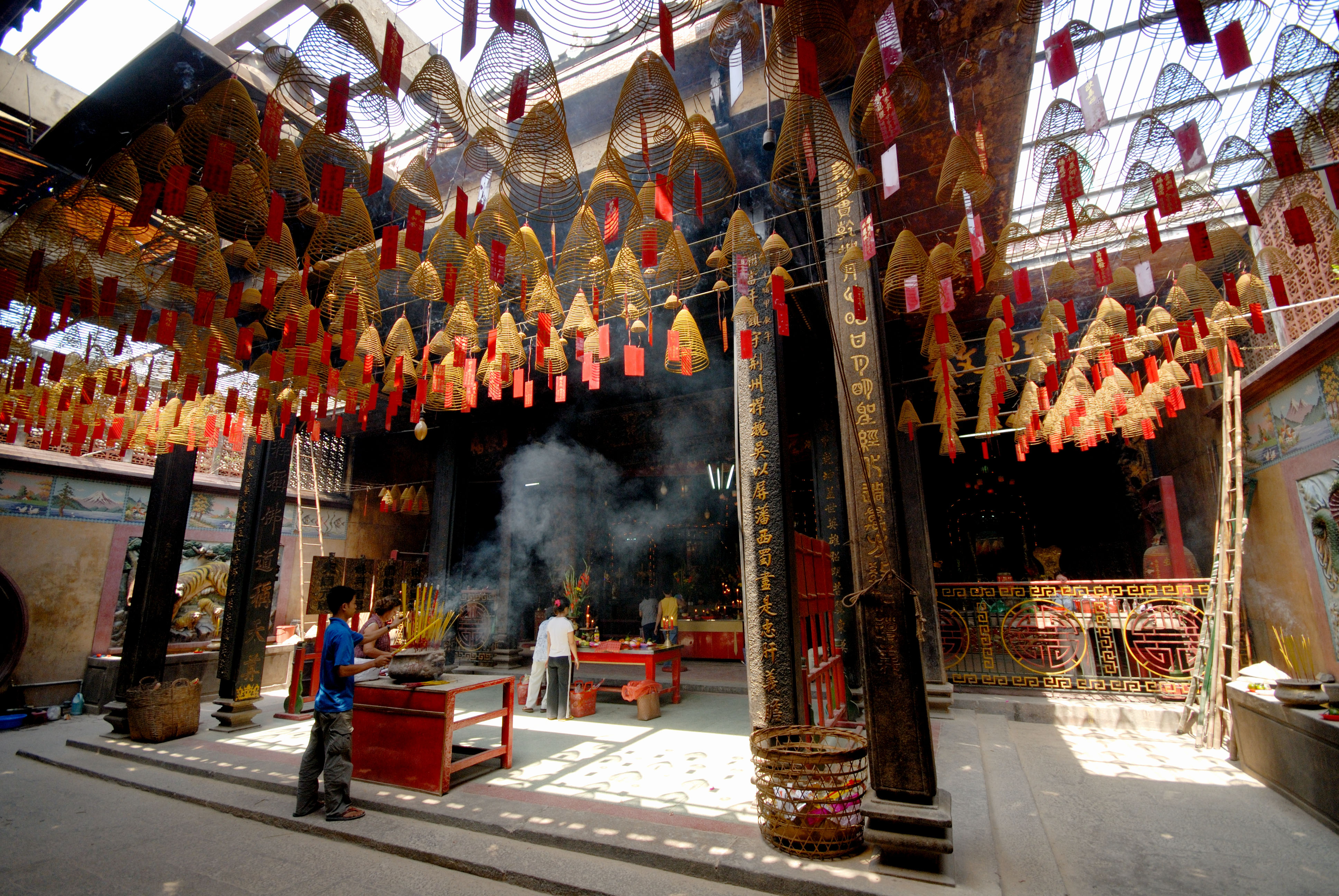
In religious construction, pagodas are for worship and offerings, while temples are built to honor historical figures.
Quan Họ folk songs are love duets between male and female singers considered by UNESCO to be an intangible cultural heritage of Humanity, Geography and Landscape.
Rice terraces are planted that way to enable the crop to grow along the steep mountainsides.
The Fansipan, also known as The Roof of Indochina, is the highest mountain peak in the region. That’s why Fansipan is a must-do in Sapa.
The Red River in the North and Mekong River in the South are surrounded by extremely fertile plains on which most of the country’s crops are grown.

The Binh Chau Hotsprings are hot enough to boil eggs.
The Perfume River [in Huế City] is so named due to the scent of the tropical flowers that fall into the water during autumn.
The Vietnamese believe in Three Kitchen Gods or Táo Quân, who live with and observe each family’s actions. They depart at the 23rd day of the twelveth month in Lunar Year to report their findings to Ngọc Hoàng, The Jade Emperor.
Vietnamese cuisine is well known for its balance of the five Asian elements: spicy, sour, bitter, salty and sweet.
Snake wine [Rượu rắn] which is made by steeping whole snakes in rice wine for their venom or essence, is commonly drunk for health, vitality and restorative purposes.
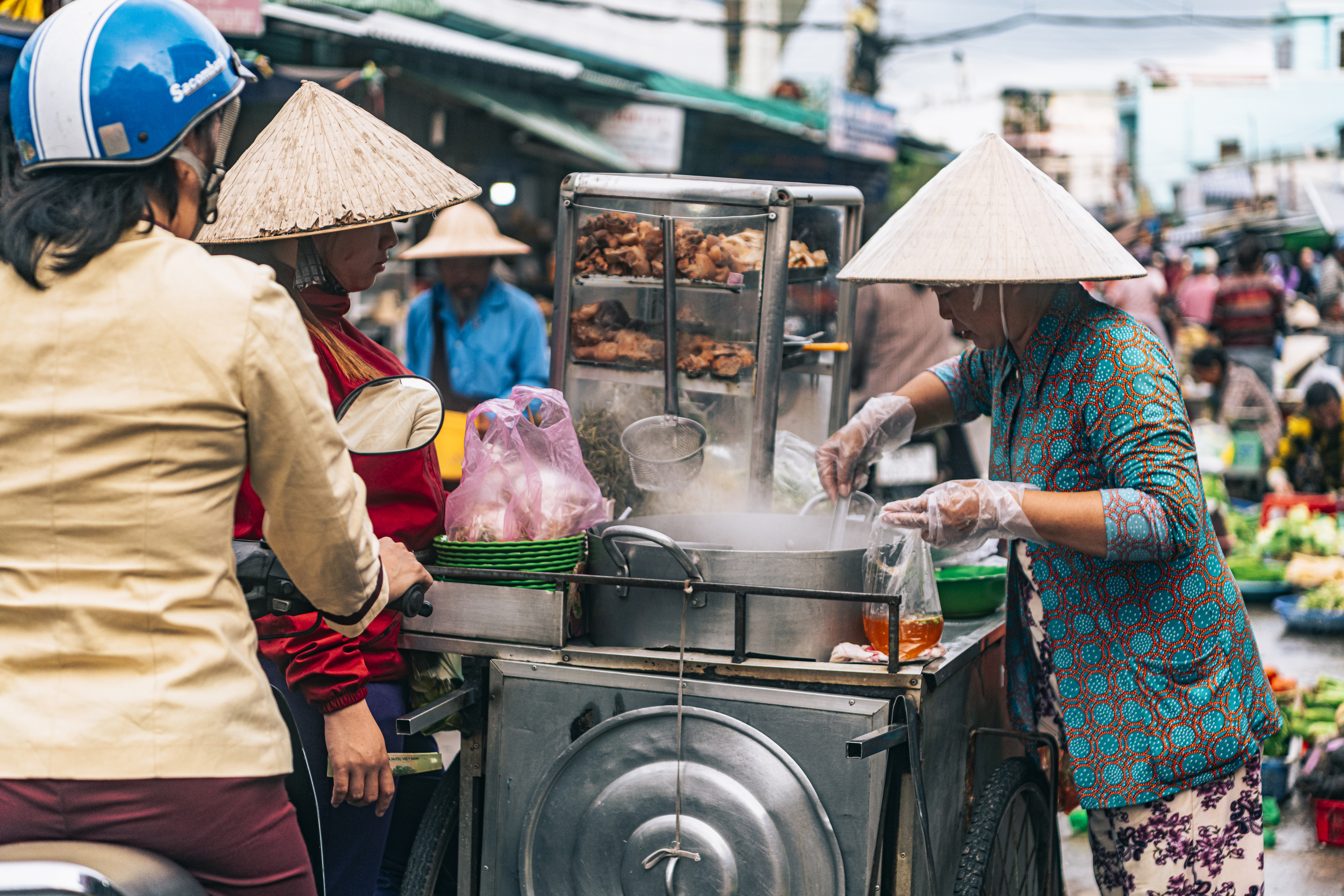
Vietnamese Street Food Culture is quite popular and considered by many to be one of the best in the world.

Phở — Vietnamese noodle soup is the second most popular food in Vietnam, after boiled rice [called as Cơm]. CNN has named Phở bò [Vietnamese beef noodle soup] second on the list of 20 Best Soups in the World.
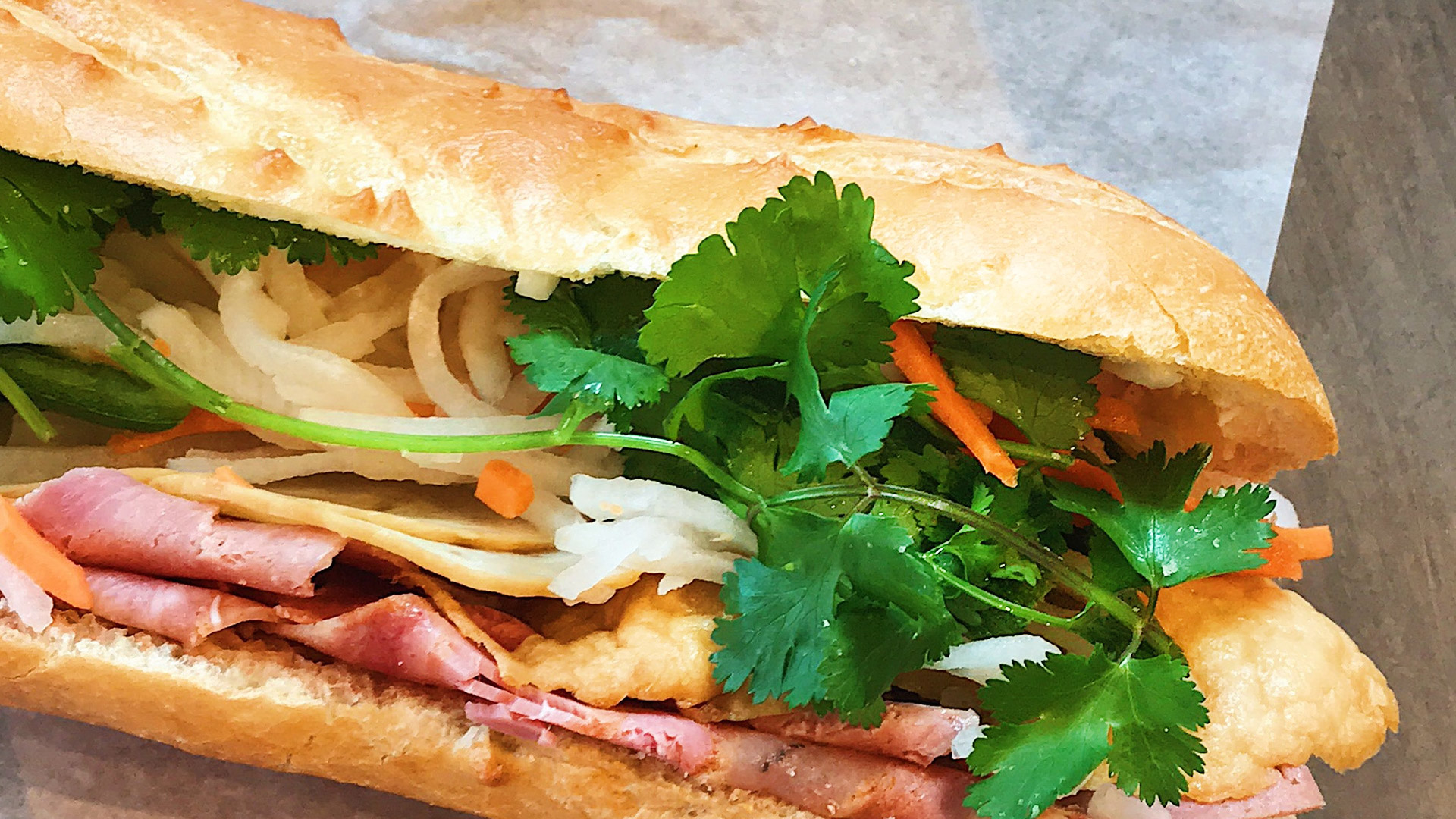
Vietnam has the best Bánh Mì, the king of sandwiches brings together several cultural traditions all in one crispy bun, namely a golden French baguette, pork pâté, Chinese char siu, American hamburger meat, mayonnaise and a mix of Vietnamese herbs and chili sauces.
The Dong Tam Snake Farm and the living museum was established in 1979 and is responsible for conserving the species and finding antidotes to their venom.
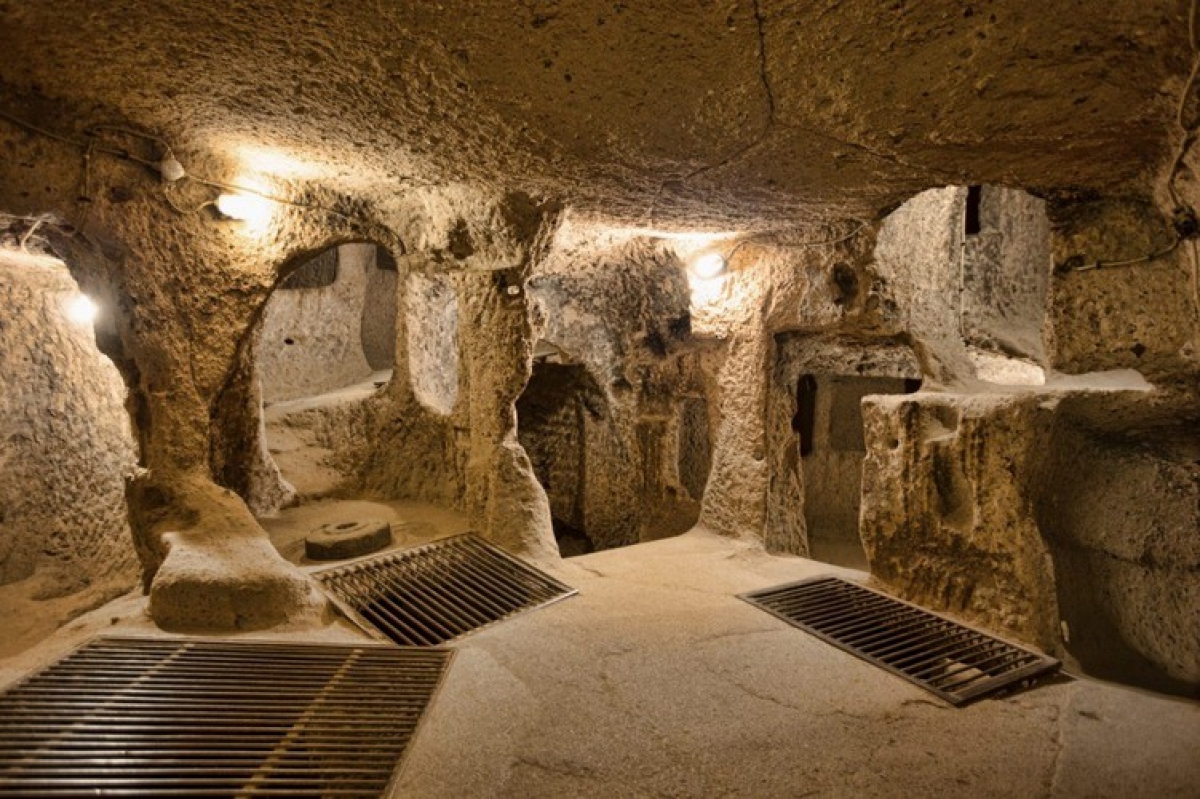
The Cu Chi Tunnels are a network of underground defense tunnels built by locals and resistance forces from 1946 to 1968 in Cu Chi District, Ho Chi Minh City. By 1965, some 200 km of tunnels and 500 km of surrounding combat trenches were dug, which were turned into a system of crisscrossing tunnels with three floors. The top floor is about 3m deep; the middle floor, 6m deep; and the bottom floor, 8-12m deep with numerous trenches.
The Hoan Kien Turtle (in Hanoi) is one in only four known living ones from its species.
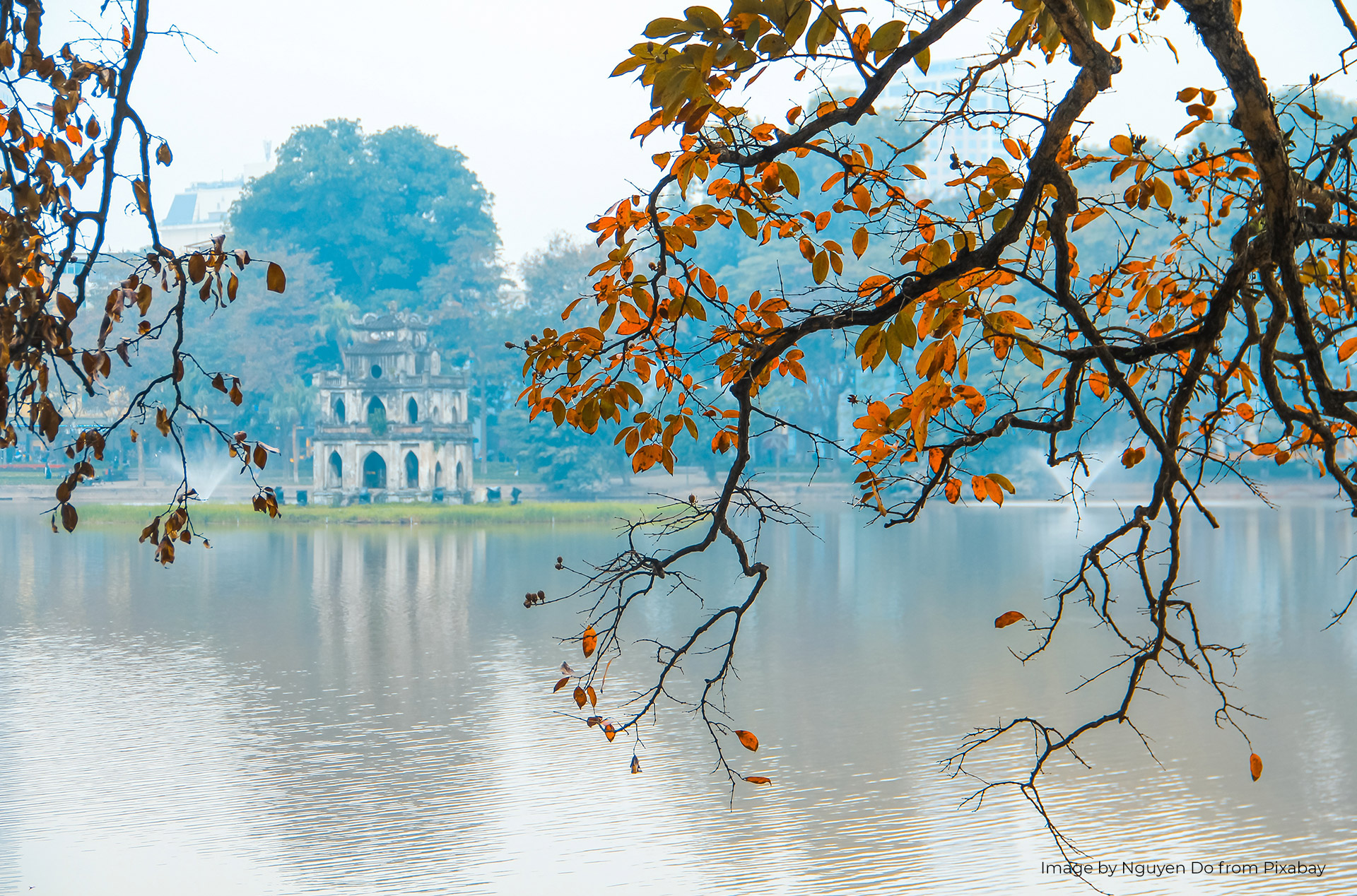
Football is the most popular sport in Vietnam.
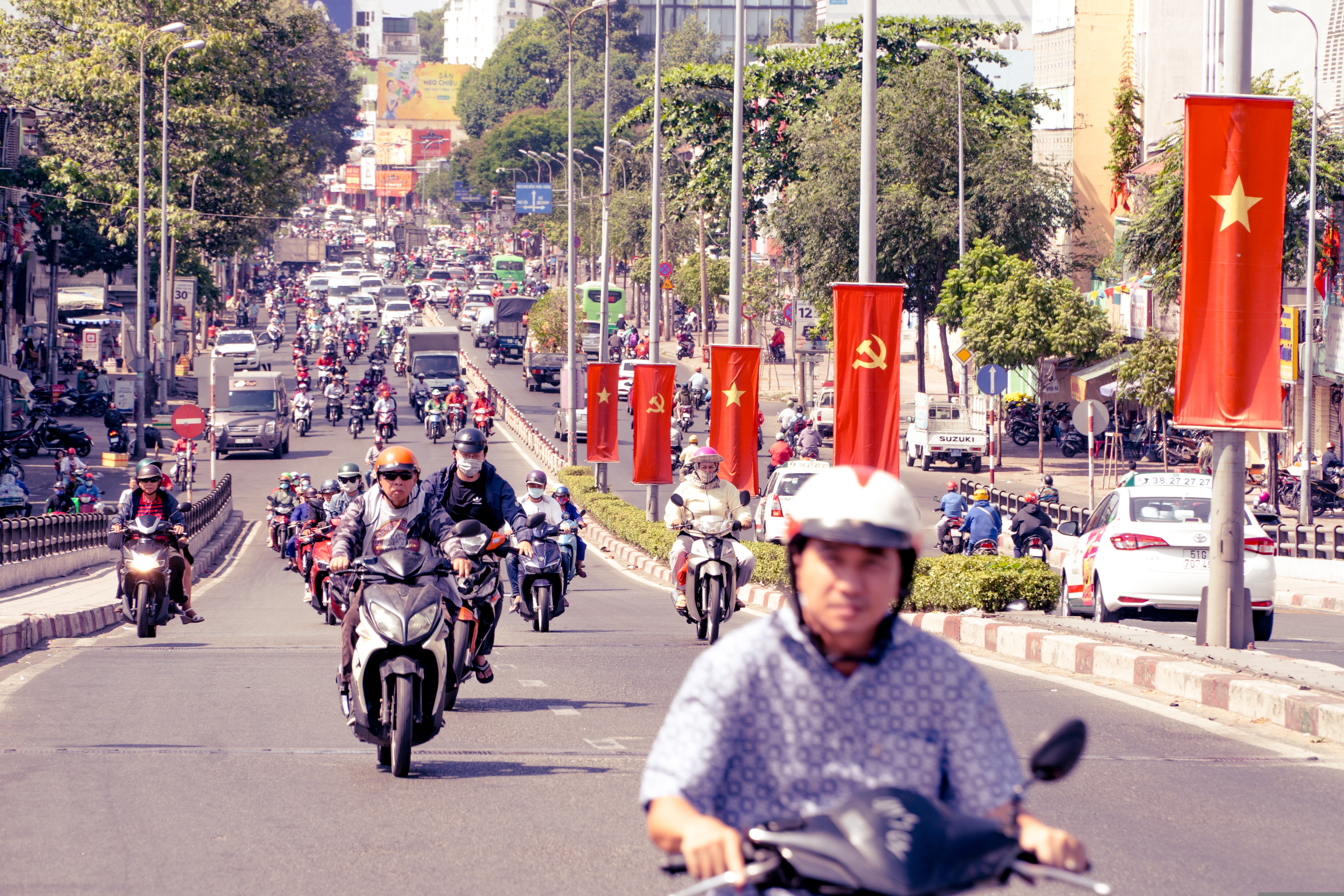
Motorbikes are the most common form of transport, and riders must wear helmets.
Foreigners have the option of applying for a Temporary Residence Card, which is cheaper and easier to process than a visa.
Vietnam is one of the biggest producers of cashew nuts in the world.
Vietnam has a literacy level of 95.8%.
The rate of unemployment is one of the lowest of all developing countries in the world.
Nguyen is the most common surname in the country.

Vietnam owns about 20% of the coffee market share and is the second largest producer in the world.
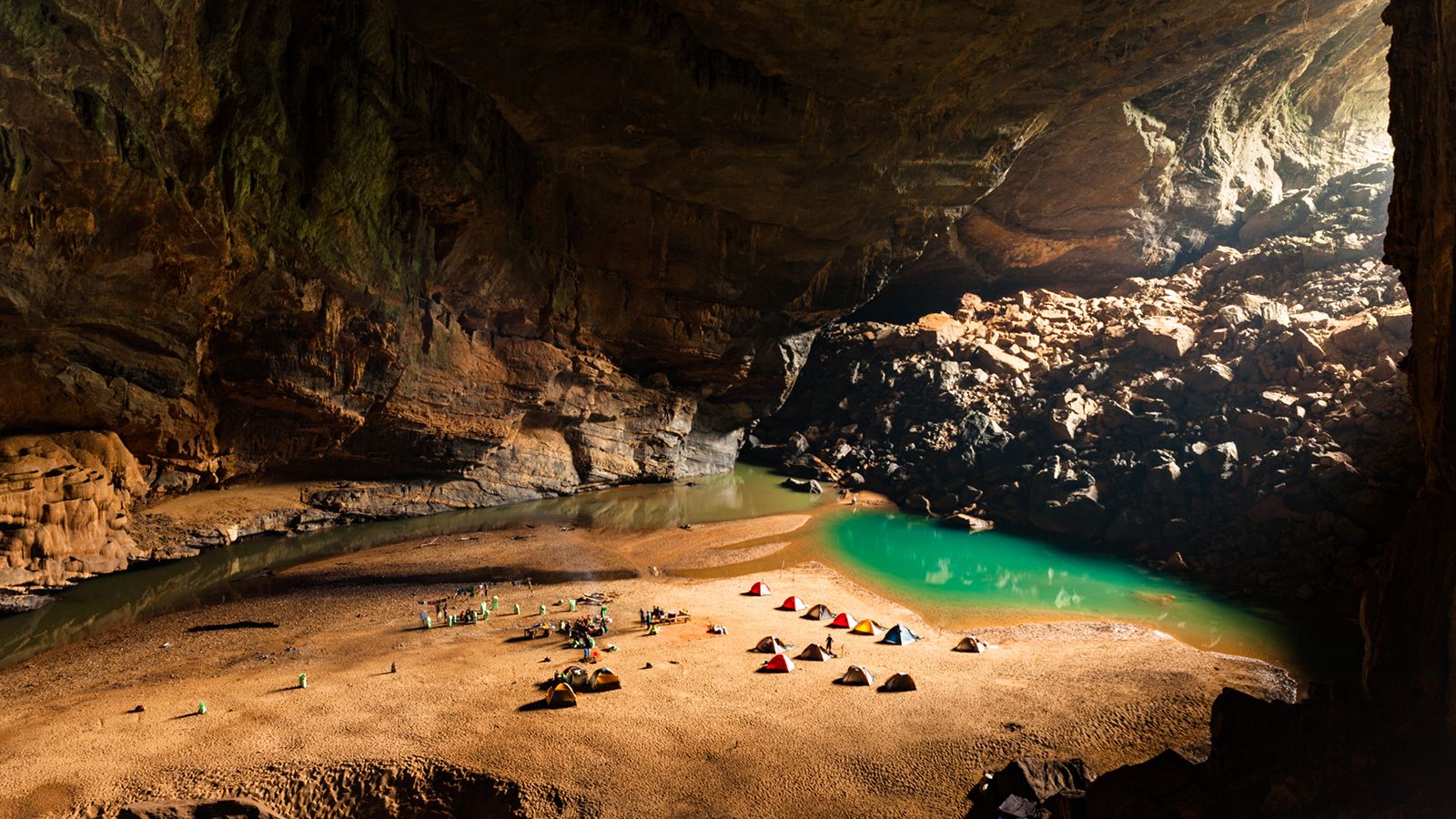
Vietnam is home to the world’s largest cave, Son Doong.
To crown it all off, the Hạ Long Bay is of such scenic beauty that it was included as one of the New 7 Wonders of Nature, as well as a UNESCO World Heritage Site.
Original storied by The Fact File; last edited by Thiên Xuân Travel, November 2023
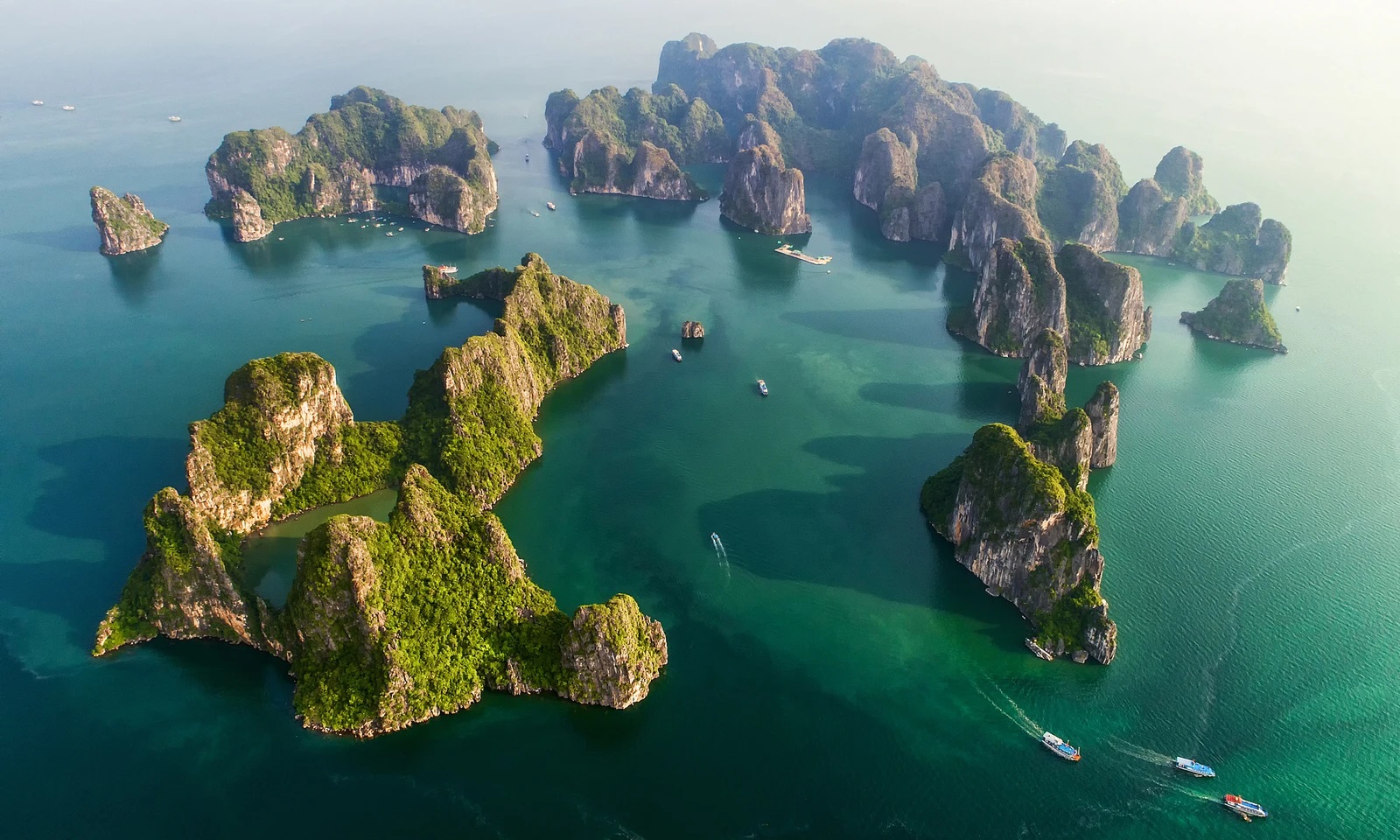
Thiên Xuân Travel
Park 2, 208 Nguyen Huu Canh Street,
Binh Thanh District, Ho Chi Minh City, Vietnam
📨 booking@thienxuantravel.com
☎️ +84 888 890 898 — 0938 558 228

